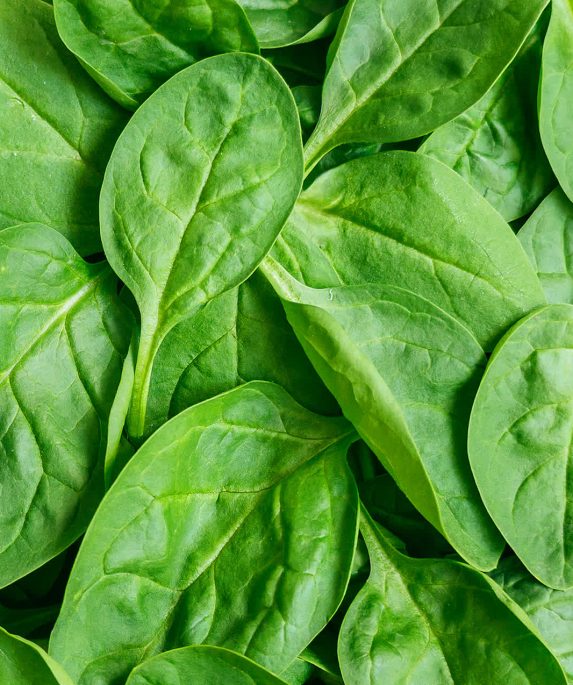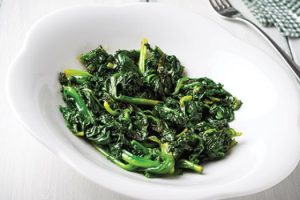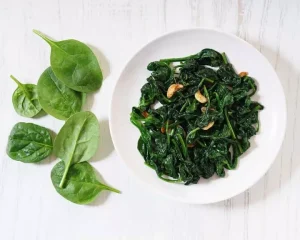As the chillier months approach, you may be looking for some recipes that will give you that warm and cozy feeling. There are so many easy ways to pack extra nutrients into some of your favorite comfort or holiday foods! Start planning out meals and recipes you want to try now to have a budget–friendly holiday season! Look out for shelf-stable or frozen items that go on sale, and check supermarket flyers and mobile apps to find the best prices; you may even need to try checking multiple stores to get the best deals. Keeping these tips in mind will help reduce your costs and your stress this holiday season! Read on to find some warm and nutritious recipes from our website that you and your family can try this holiday season!
- Egg, Kale, Sweet Potato Breakfast Casserole https://foodtalk.org/en/recipe/egg-kale-sweet-potato-breakfast-casserole

This breakfast casserole makes a deliciously warm holiday breakfast! It packs in some seasonal vegetables including sweet potatoes and kale. These vegetables add a lot of vitamins and minerals to your breakfast, perfect for fueling your holiday festivities!
- Cheesy Sweet Potato and Greens Biscuits https://foodtalk.org/en/recipe/cheesy-sweet-potato-and-greens-biscuits

Try out these cheesy sweet potato and greens biscuits for a nutritious twist on a southern classic. They pack in some hidden sweet potatoes which are a great source of vitamin A, potassium, vitamin C, and fiber [1]! Greens are also rich in vitamins and minerals such as vitamin K, vitamin C, calcium, and many others [2]! These biscuits would make a great holiday side dish!
- Slow Cooker Pot Roast with Vegetables https://foodtalk.org/en/recipe/slow-cooker-pot-roast-with-vegetables

This recipe would be a delicious, warm entree for a holiday party! The roast packs in protein and the vegetables provide vitamins and minerals. The best thing about this recipe is that most of the work is done in the slow cooker! Take some of the stress out of hosting by prepping your meal ahead of time and letting the slow cooker do most of the work while you are getting ready for guests!
- Skillet Mac and Cheese https://foodtalk.org/en/recipe/skillet-mac-and-cheese

- Homemade Hot Chocolate https://foodtalk.org/en/recipes/homemade-hot-chocolate

Hot chocolate is sweet, comforting, and warm. Try this homemade hot chocolate as a healthy, quick and easy alternative to a sweet and cozy classic!
- Chocolate Chip Yogurt Cookies https://foodtalk.org/en/recipe/chocolate-chip-yogurt-cookies

Sweets, especially cookies, are a big part of the holiday season for a lot of people – and there is no reason not to enjoy them this season! Try our healthier twist on classic chocolate chip cookies this year! The secret ingredient is non-fat, plain yogurt which replaces some of the butter in traditional chocolate chip cookie recipes. Butter is very high in saturated fat which can contribute to chronic disease development, so yogurt is a great substitute!
Whether you celebrate holidays or not this season, these recipes are fun for everyone to try. They might just give you that warm and cozy feeling you are looking for while providing seasonal vegetables or some healthier and budget-friendly alternatives to traditional recipes. Happy holidays to all who celebrate!
References:
- https://foodtalk.org/en/blog/sweet-potatoes
- https://foodtalk.org/en/blog/how-to-make-greens-exciting
Published December 16th, 2024
Written by Kaylee Gallatin, MS/DI Student | Edited by Jung Sun Lee, PhD, RDN; Tristen T. Webb; the nutrition education team





